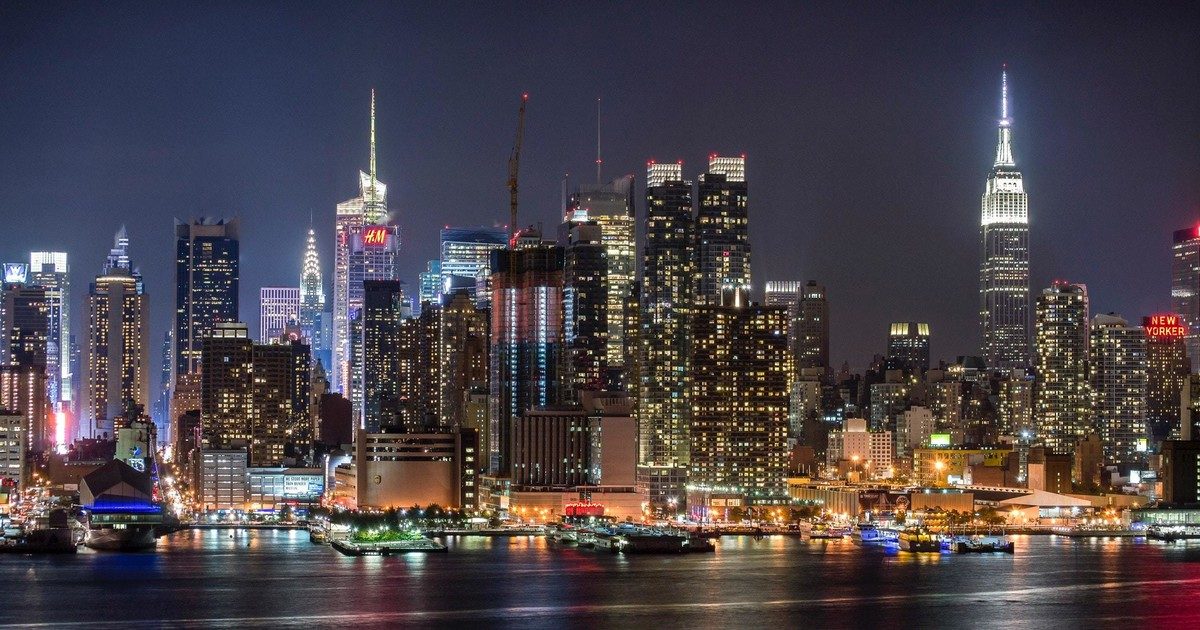Answer one of the following questions in approximately 4 (minimum) – 6 (maximum) double-spaced pages. Papers should use 12-point Times New Roman or similar typeface, with one-inch margins on all sides. Answers should be well organized, well written, and thoroughly proofed. Citations should be either MLA or Chicago Style format. Use telling (but not too lengthy) quotes. A bibliography is not necessary for this paper, as your answers draw on the course readings (plus any additional readings appended to this assignment). The essay should address the central question (in boldface) and any of the ancillary questions related to your discussion. Your paper must have a clear, focused argument that unambiguously answers the question.
You must upload your paper to your OneDrive folder by 5 pm on Friday, October 25. Failure to do so may result in penalties for lateness. Submitting your paper as a PDF may also result in lateness penalties if I am open and download the document after the deadline. Late papers (papers submitted after 12:15 pm) will result in a one-step deduction for each hour late: (i.e., A to A-, C- to D, etc). Except for documented emergencies, I will not accept papers submitted after 11:29 a.m. on Saturday, October 26.
QUESTION ONE: In The Gold Coast and the Slum, Harvey Zorbaugh attributes the absence of community on the Near North Side to the declining salience of normative institutions that integrated and regulated residents into local life. Robert Vargas, in Wounded City, highlights the unexpected alliances that produce and maintain social order in Chicago’s Little Village. Drawing on Vargas’ exploration of Little Village, consider whether Little Village conforms to Zorbaugh’s conceptualization of community. To what extent might local gangs satisfy/undermine the functions of local community institutions? What role does violence play in maintaining/undermining community ties? How might the alliances established in Little Village reveal the limitations of Zorbaugh’s definition of community? To answer this question, you will need to consider the qualities that Zorbaugh associates with community, drawing on specific components from his study to measure the presence/absence of community found in Little Village.
QUESTION TWO: We have discussed Anderson’s concept of the “iconic ghetto,” where perceptions of ghetto lifestyles shape whites’ perceptions of African Americans (and other communities of color), regardless of human capital or social mobility. Drawing on our readings on suburban culture and lifestyle (Gans, Lung-Amam), conceptualize the “iconic suburb.” How might “iconic suburb” compare to the “iconic ghetto”? Who is likely to bear the association of the “iconic suburb”? How do the Asian ethnoburbs presented in Trespassers expand or limit our understanding of “the iconic suburb”? To answer this question, you should consider how the perceptions of the “iconic suburb” supersede the experiences suburban or scholars find on the ground.
QUESTION THREE: Pretend you attended a panel discussion where two of the following scholars were invited to debate with Jennifer Sherman the similarities and differences between the structural challenges of poor urban communities of color and poor white residential areas: Patrick Sharkey, Douglas Massey and Nancy Denton, Forrest Stuart, and Robert Vargas. As a requirement for the Cities and Society course, you were tasked with summarizing the exchange between the panelists, identifying points of agreement and disagreement between the panelists. In other words, to what extent can theories on the hypersegregation of urban blacks (Massey and Denton; Sharkey) or studies on the economic and cultural strategies of urban blacks (Stuart; Vargas) explain the dynamics we find in Sherman’s exploration of Golden Valley? How does place (or place attachment) shape the differential responses in communities’ navigation of poverty? To answer this question, you would not only draw on their readings to extrapolate how they would see similarities and differences between the urban/rural/suburban poor, but you will also consider how the panelists may adopt or challenge ideas presented by the other panelists.
QUESTION FOUR: To what extent are the federal housing policies of the 1930s and 1940s enabling the rise of the suburbs attributable to the structural (racial, socioeconomic, political) conditions of Skid Row (Stuart) or Little Village (Vargas)? Not only do you want to consider the legacy of housing policies, but also how those policies shape the various formal and informal efforts to reduce those barriers (e.g. Vargas, Stuart).
QUESTION FIVE: In Those Who Work, Those Who Don’t, Jennifer Sherman introduces “moral capital” to mitigate their failures to provide economically for their families. Moral capital also enables white residents to distance their behaviors from the “pathologies” of communities of color, despite the fact that their parallel strategies for survival. Elaborating Sherman’s concept, consider how moral capital might apply as a strategy to justify white flight from neighborhoods in Fremont/Silicon Valley (Trespassers). In what ways does moral capital operate to re-establish the racial order of the suburbs? How does the change in place context alter Sherman’s definition?
